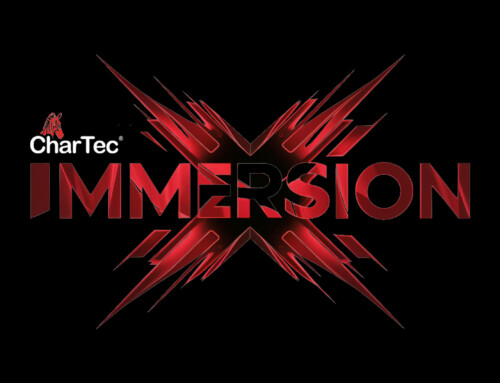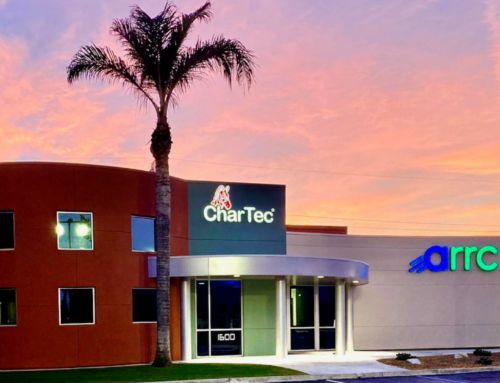Customer service can be… challenging. And sometimes, it just doesn’t make any sense. You can have the exact same situation occur two times, but for some reason, the first situation ends well and the second situation ends with a shot of Tequila and a string of sweaty nightmares.
But that’s just because every customer and every employee is different, which means that situations are destined to play out differently… or are they?
We believe there is a way to control the customer experience. There is a realistic way to achieve better customer service that equates to foreseeable outcomes and desired results.
But how exactly do you accomplish this? Here’s what you should know.
Envision, plan, and build.

What does the perfect customer experience look like to you? What do you want your clients to know, feel, or see? And on the other side of that, what do you not want your clients to know, feel, or see? The perfect customer experience doesn’t just happen. You must envision what this experience looks like before you can achieve it. Map it out; throw it up on a whiteboard, and bring your entire team in on this discussion.
Once you know what it is you want, then you must plan it out and build it up. This is when you should bust out those flowcharts, Gantt charts, and sticky notes. Figure out what goes where, who goes when, and how to close up any current or future gaps that may arise during your clients’ journeys.
The more detailed you get, the more prepared you’ll be. Consider every bad situation, every potential turn, and every answer to every question you can possibly imagine.
Follow up, research, and improve.

Even the most well thought out, most painstakingly detailed customer experience map won’t do very much good if you never improve it… if you fail to modernize it… if you fail to do your research.
You must remember to regularly monitor, analyze, and adjust your customer experience. Things come up, things change, and things happen… and when these things appear, they need to be carefully considered and potentially incorporated into your plan.
On top of that, you also need to improve just to improve. The adjustments you make to your customers’ journeys shouldn’t always be the direct result of a mistake or failure. Sometimes, they need to be proactive improvements that come from research, great ideas, and new visions.
Teach, guide, and reward.

A great customer experience will not be achieved unless you’ve trained both your employees and your clients to believe in the outcome, understand the mission, and follow the path. To do this, you’ll need to discuss the customer experience during the onboarding process… This is what will happen. This is what you should expect. This is what we will do for you. This is what you have the right to. This is how we want things to turn out.
These factors should be addressed before anything is actually started. In fact, to ensure your clients are as content as possible, many aspects of your customer’s journey should be addressed before a client ever even becomes a client. This way, your clients understand what they’re getting themselves into, you can manage expectations, and client satisfaction can become a reality.
But this doesn’t just stop at your clients. Your employees must be trained on the full experience, as well. After all, your employees are the ones responsible for carrying out the experience, so if they don’t know what it consists of or if they don’t have complete buy-in, then your desired customer experience will be unsuccessful.
Train your employees on the ins and outs of your customer experience, and bring them in on future discussions involving adjustments and improvements to the experience. And don’t forget to recognize and reward your employees for taking a client successfully through their journey.







Leave A Comment